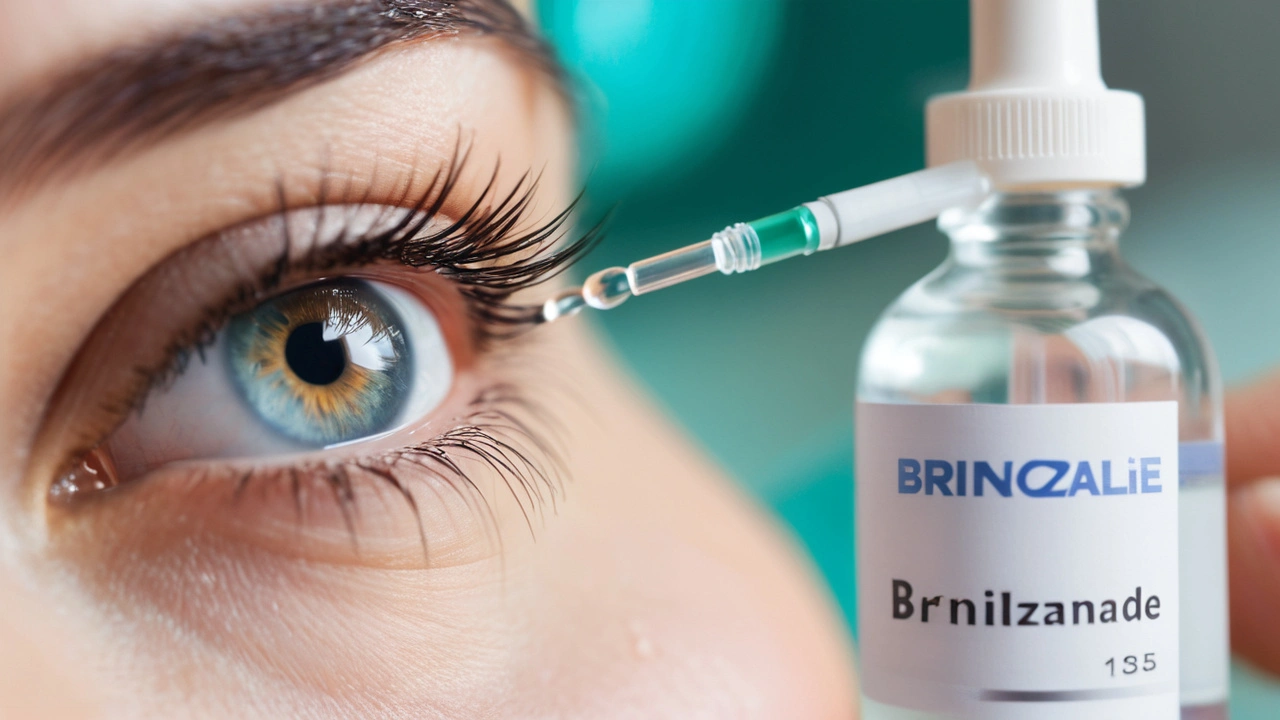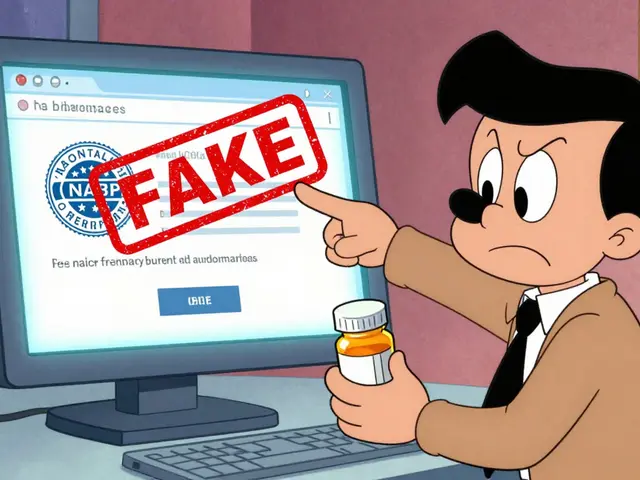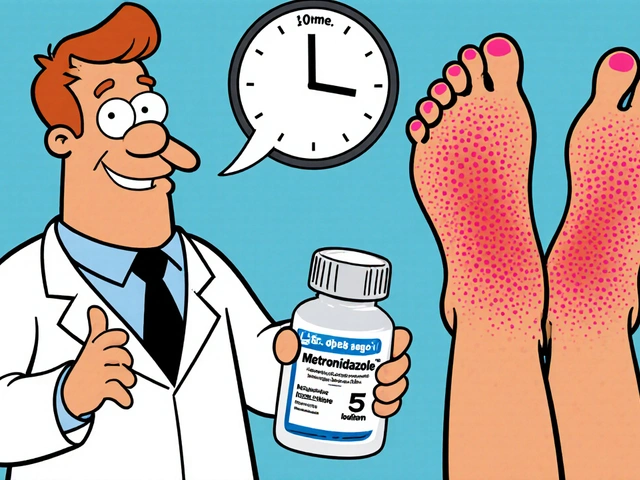Brinzolamide: What it is and why you might use it
Brinzolamide is an eye drop that lowers pressure inside the eye. Doctors prescribe it for open-angle glaucoma and ocular hypertension. Lowering intraocular pressure helps slow damage to the optic nerve and protects vision. The drug is a topical carbonic anhydrase inhibitor — that’s a technical name, but what matters is it reduces fluid production in the eye so pressure goes down.
How to use brinzolamide
Most people use brinzolamide 1% eye drops twice a day. Follow your doctor’s instructions exactly. Here are simple steps that help the drops work and reduce waste:
- Wash your hands. Tilt your head back and pull down your lower eyelid to make a small pocket. Squeeze one drop into the pocket without touching the eye with the bottle tip.
- Close your eye for 1–2 minutes and press gently on the inside corner of your eye (near the nose). This lowers the chance the medicine drains into your throat and lowers body exposure.
- Wait about 5 minutes before using other eye drops, like artificial tears or another glaucoma medicine. If you wear contact lenses, take them out before using the drops and wait at least 15 minutes before putting them back in.
- Store the bottle at room temperature and keep the cap on. Throw the bottle away after the date on the label or when your doctor says to stop.
Side effects & precautions
Common side effects are mild: eye stinging or burning, blurred vision right after the drop, and a bitter or unusual taste in your mouth. Taste changes happen because some of the liquid drains into the back of your throat. Most of these go away quickly.
Tell your doctor if you have a sulfa allergy. Brinzolamide is related to sulfonamides and may cause a reaction in sensitive people. Also mention severe kidney disease or if you’re pregnant or breastfeeding — your doctor will weigh risks and benefits.
Serious reactions are rare with the eye form, but watch for eye pain, sudden vision loss, severe swelling, or signs of an allergic reaction like rash and breathing trouble. If any of these happen, get medical care right away.
Brinzolamide is often used alone or with other glaucoma meds. There’s a combo product with timolol (a beta blocker) if one medicine doesn’t control pressure. Don’t stop your meds suddenly without checking with your eye doctor — pressure can rise again.
If you’re unsure about dosing, side effects, or how to put drops in, ask your eye care team. They can show you the technique in the clinic, adjust treatment, or suggest alternatives. Small changes in how you use the drops — like pressing the tear duct or waiting between different meds — make them work better and lower side effects.
Need a quick checklist to remember? Wash hands, one drop, hold for 1–2 minutes, press inner corner, wait 5 minutes before other drops, remove contacts for 15 minutes. Keep that in mind and bring any questions to your next appointment.




